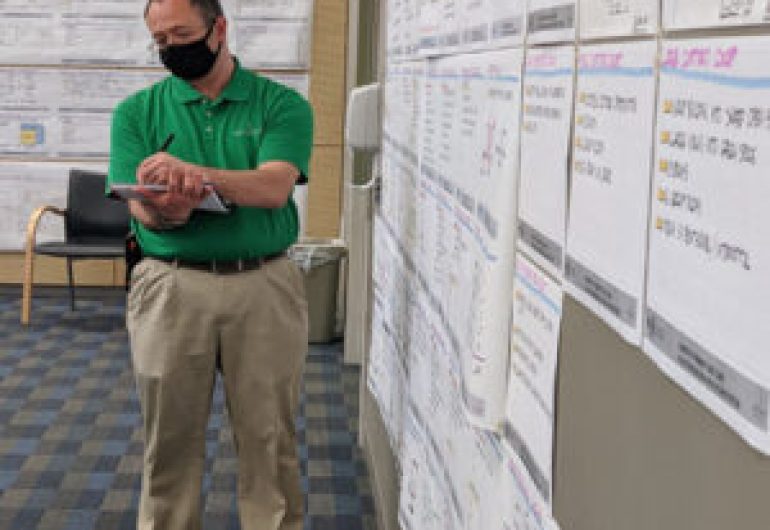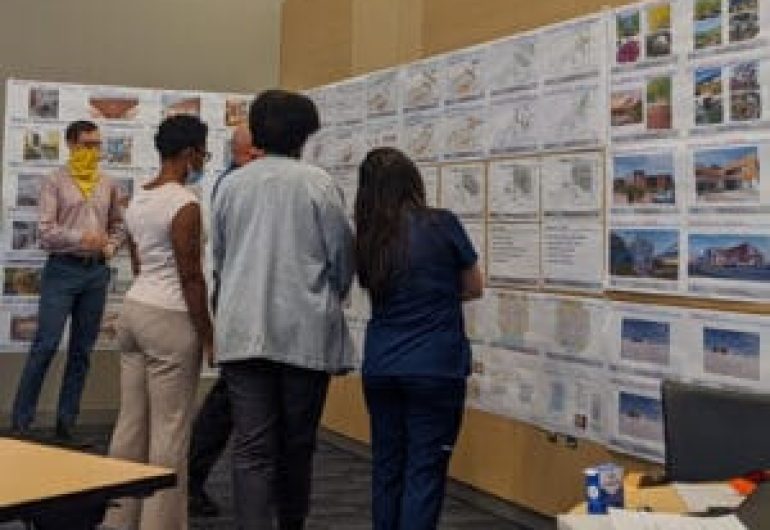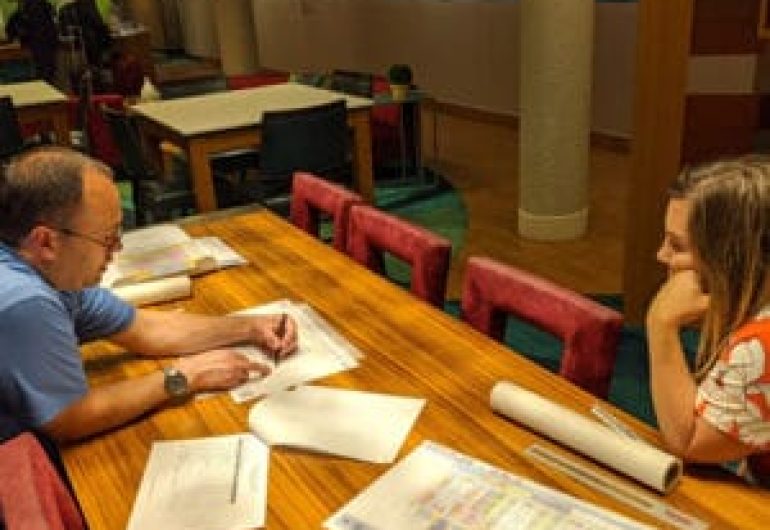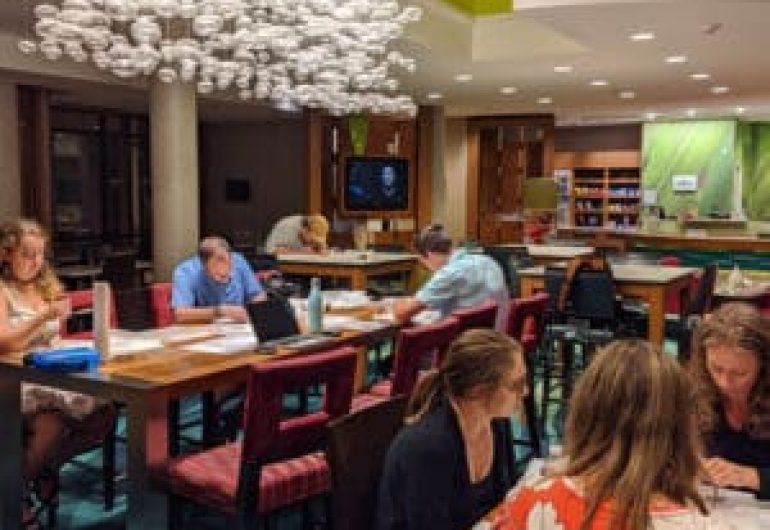Farewell & Goodbye: Lessons Learned Over a Lifetime of Cost Estimating
June 30, 2025
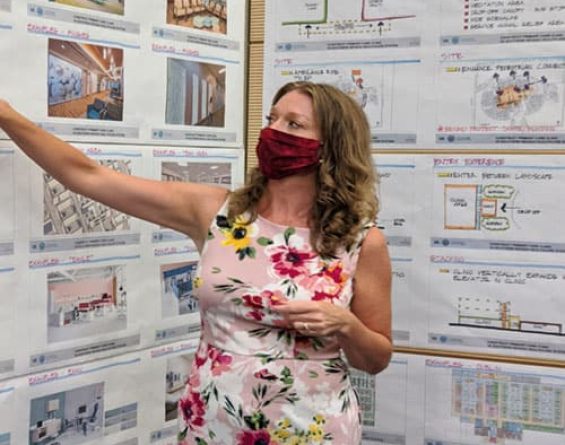
Charrettes have long been an effective tool for bringing architects and project stakeholders together to focus collaboratively on a project design. Guided by our client-focused philosophy, Apogee Consulting Group is taking a unique and fresh approach to the practice with scenario planning charrettes that give our clients the advantages of highly customized solutions with a streamlined design timeline.
Traditionally, the focus of a charrette is on design, but Apogee begins its healthcare project conversations by focusing on the factors that influence the design—the vision and the specific needs of all client stakeholders, from the medical staff to patients and their families.
“By the end of a couple days of scenario planning, Apogee can have more design for the client with an actual basis for that design within just a few days of scenario planning than other firms might have after a month of individual meetings. Our clients know where they are going and why they are going there.” — Cullen Keen, architect and healthcare planner.
Our goal is to explore multiple responses to the specific needs of everyone in a visual, real-time format that makes the design easy to understand for all involved. It is called scenario planning because we are exploring multiple scenarios, not just creating design solutions, and our expert healthcare planning design staff is involved early on in the process.
While each scenario planning charrette takes on a life of its own through the discovery process, there is a systematic approach to Apogee’s charrettes, which often take place over a time span of several days rather than one or two meetings scheduled weeks apart.
“By the end of a couple days of scenario planning, Apogee can have more design for the client with an actual basis for that design within just a few days of scenario planning than other firms might have after a month of individual meetings,” said architect, Cullen Keen, a healthcare planners who conducts many of Apogee’s charrettes across the country. “Our clients know where they are going and why they are going there.”
While most firms begin the charrette process with a design presentation, Apogee comes to table with options based on analysis, data and programming using standards like the U.S. Department of Veterans Affairs (VA) Space and Equipment Planning System (SEPS), a computerized baseline tool developed collaboratively by Department of Defense and the VA for use on all VA healthcare projects. Taking into consideration budget and project scope, the Apogee team prepares several design options with details on the pros and cons of each.
“I think we go a step beyond most firms with all of the data and options we present to clients,” said King Choy, architectural department manager. “And we don’t stop there. After they have responded to our proposal, we will come back. We stay in a local hotel for two or three days and fine-tune the design with the client and the end user, so they have time enough to review it.”
Interiors Department Manager Erica Irvin makes additional time to visit a project site before the charrette takes place, getting to know the staff and learning about the facility campus and the region. “Interior design is a lot about the ambiance and each region has its unique environment,” she said. “We always want our projects to be a good fit.”
The Apogee team starts the charrette conversation with such questions as: What is the vision? What are the major goals of the project? What will make the design operationally successful? What will make it a failure? As the strategy is established, Apogee’s architects and designers are able to create design solutions that are truly responsive to the specific needs of each client.
Initial feedback is documented into an ever-evolving display presentation of 11 x 17 base sheets for diagramming and sketching so that ideas can be illustrated in real time, prodding the participants’ thinking for new questions and divergent use scenarios. While the scenarios may be broad or narrow in focus, the key is exploring multiple scenarios in diagrammatic form before diving into the full design.
The benefit of scenario planning is two-fold with time saved and a more focused approach to the project. Because healthcare projects are highly complex, floor plans often take days to complete yet detailed plans at this stage likely do not yet touch on the big project issues because they have not yet been discussed. Diagramming explores the big picture issues of different floor plans in just a few minutes, allowing the client to evaluate alternatives scenarios and make key strategic decisions much sooner in the process. This allows a deeper dive into operational issues in a condensed time frame while providing a clear direction for the project.
Scenario planning charrettes are also highly engaging for stakeholders. Most people do not get to design their workspace, but Apogee’s charrettes pull the stakeholders into the process so that they provide needed feedback and witness the progression of design ideas. Since Apogee spends so much time on operations and diagrams, the staff is able to relate their everyday work processes into the design concepts, which builds consensus among stakeholders and allows them to provide feedback on the progression, explain their positions, understand others and be a real part of the resolution.
As a design comes together, Apogee’s team continues to meet with the client as needed to refine and confirm the direction that the project is taking. Apogee also creates a project storybook of the entire design evolution with the diagrams serving as a record of the charrette process.
What it all boils down to is active listening taken to a new, visual level. “A big part of design is listening,” Erica Irvin says. “The client knows what they want. We just make it better.”
